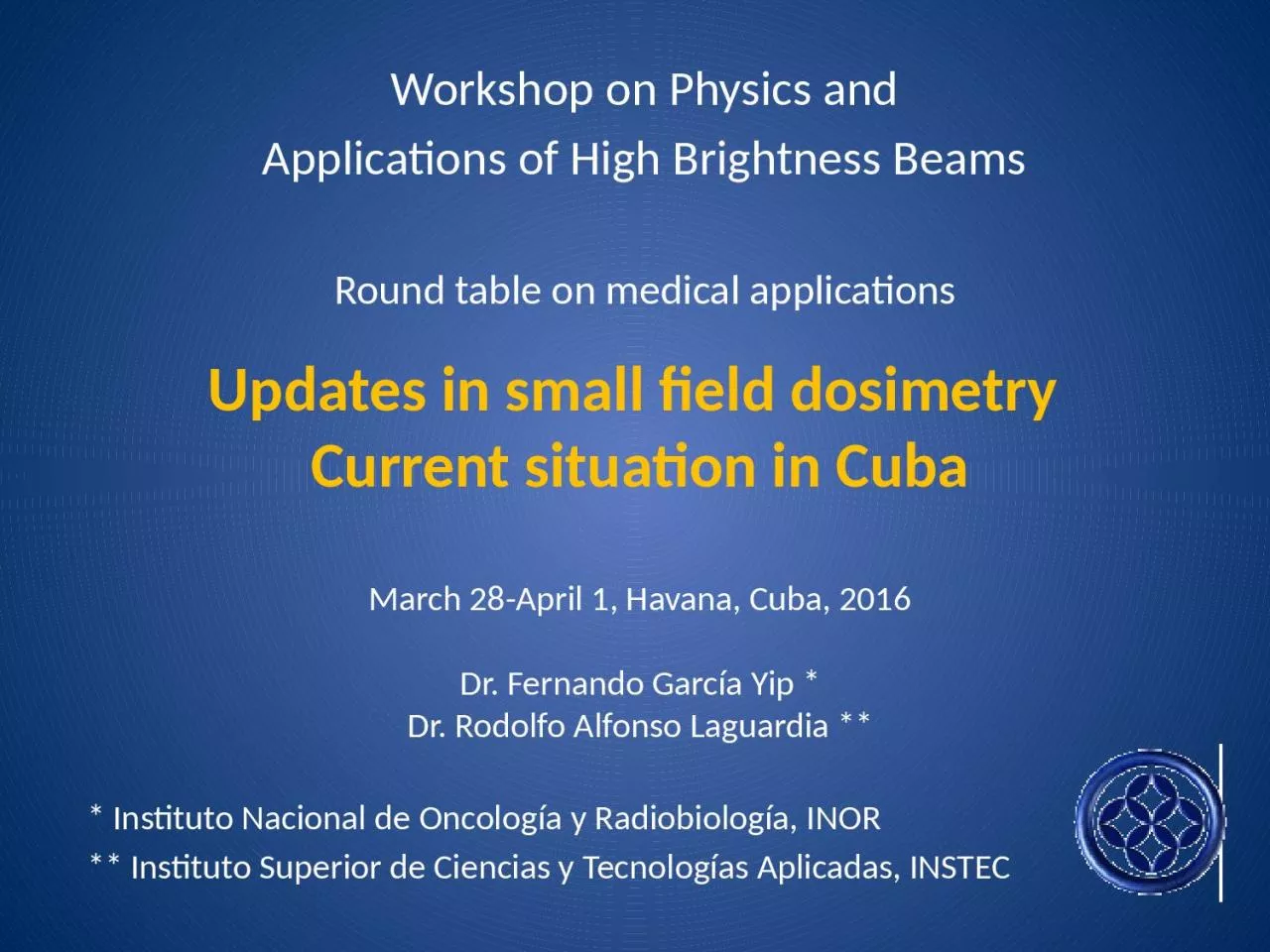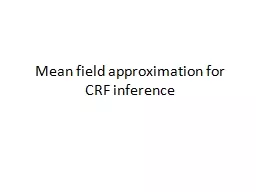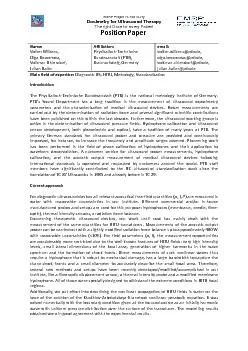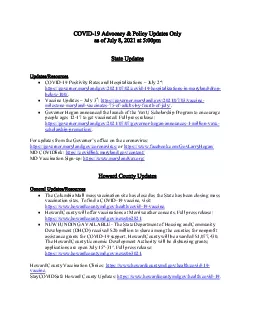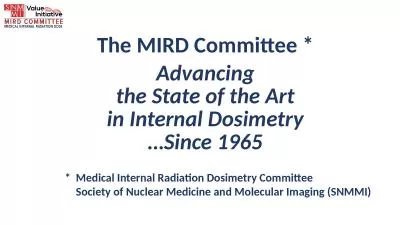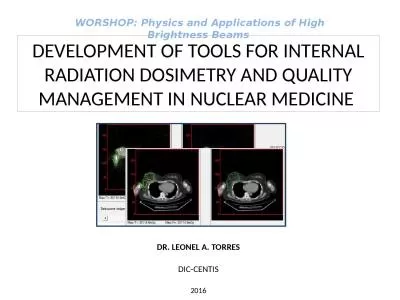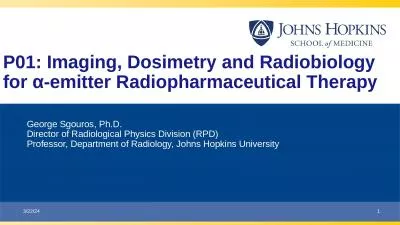PPT-Updates in small field dosimetry
Author : Daredevil | Published Date : 2022-08-03
Current situation in Cuba March 28April 1 Havana Cuba 2016 Dr Fernando García Yip Dr Rodolfo Alfonso Laguardia Workshop on Physics and Applications of High Brightness
Presentation Embed Code
Download Presentation
Download Presentation The PPT/PDF document "Updates in small field dosimetry" is the property of its rightful owner. Permission is granted to download and print the materials on this website for personal, non-commercial use only, and to display it on your personal computer provided you do not modify the materials and that you retain all copyright notices contained in the materials. By downloading content from our website, you accept the terms of this agreement.
Updates in small field dosimetry: Transcript
Download Rules Of Document
"Updates in small field dosimetry"The content belongs to its owner. You may download and print it for personal use, without modification, and keep all copyright notices. By downloading, you agree to these terms.
Related Documents

